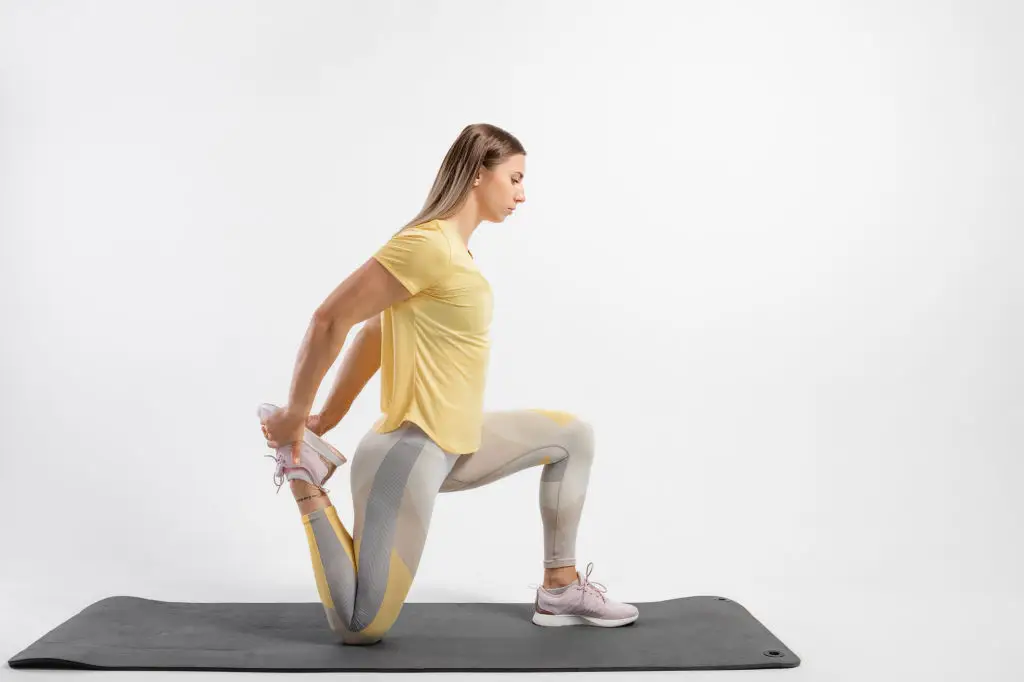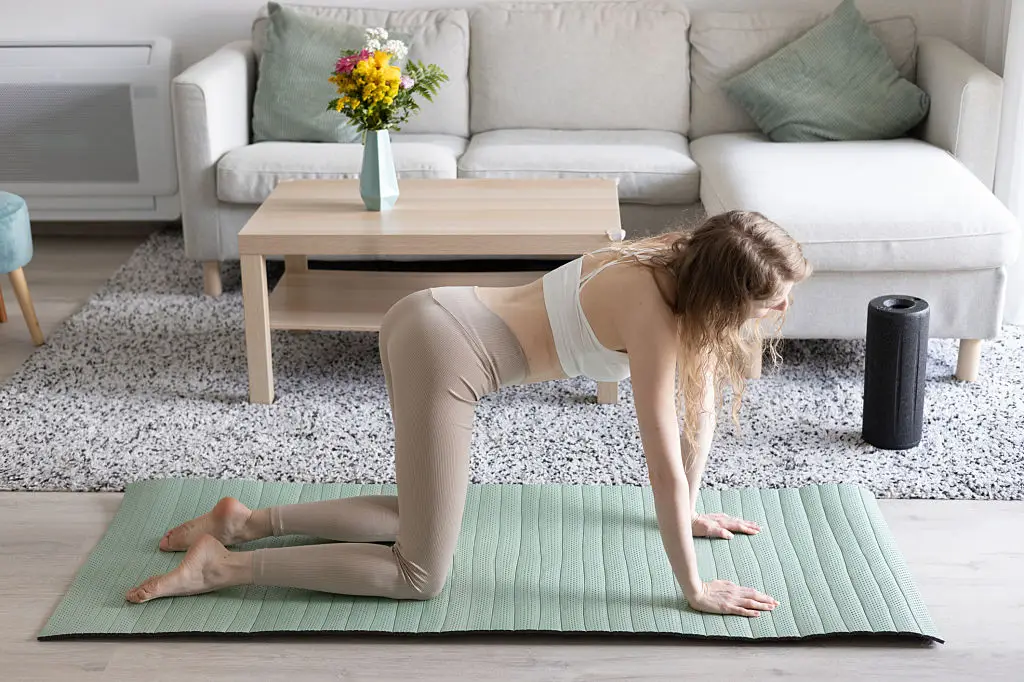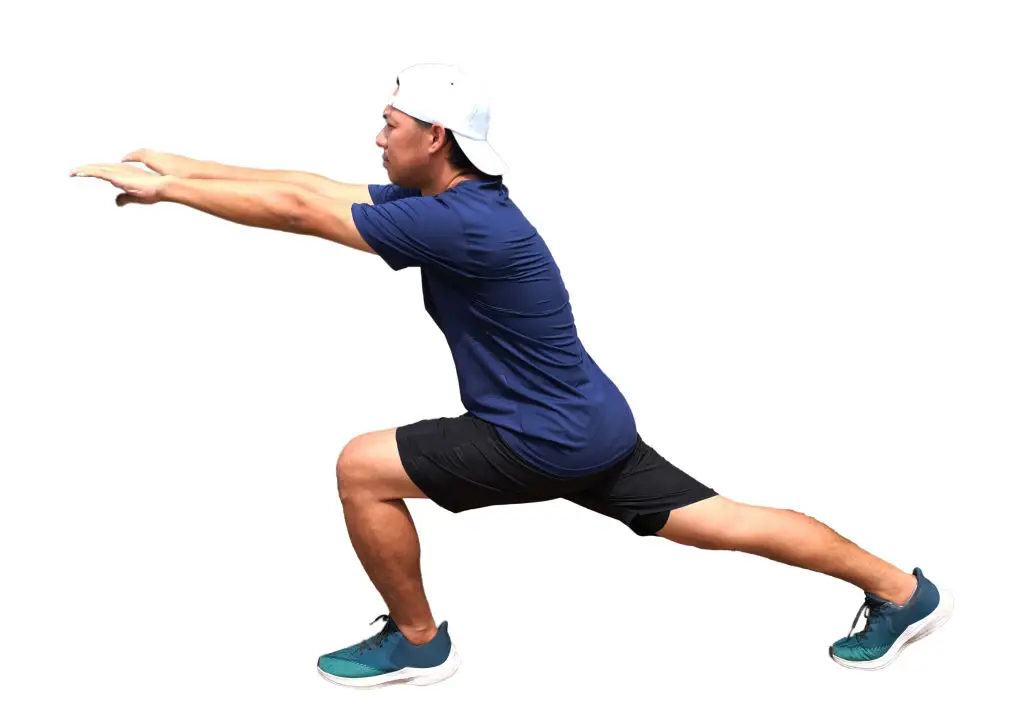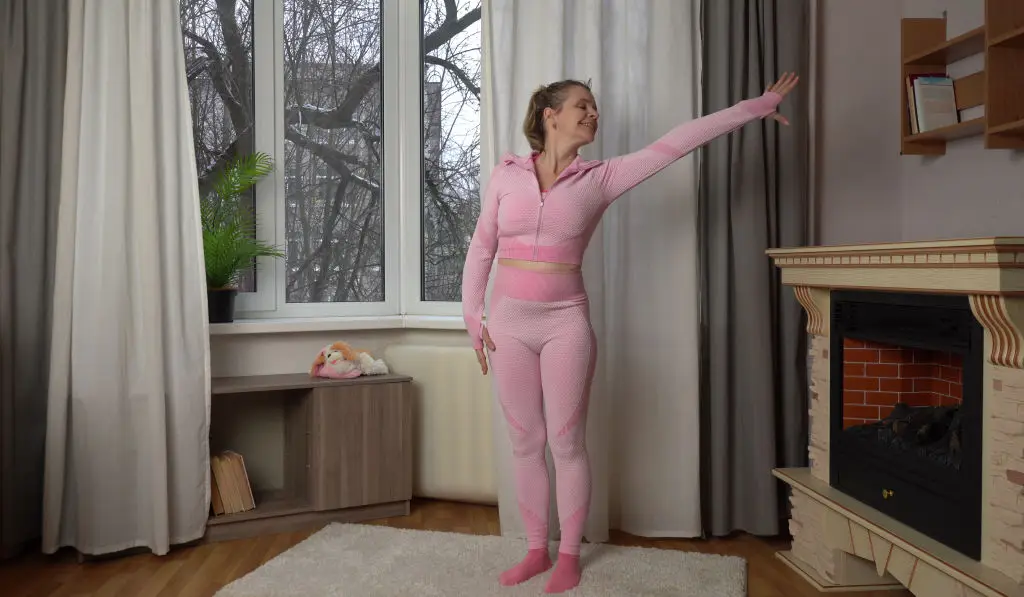Workout Wonders: 12 Simple Exercises You Can Do Anywhere to Boost Mobility and Longevity
Mobility isn’t just for athletes or yoga devotees—it’s a lifelong ticket to independence, confidence, and joy in daily movement. Each day, the simple motions of standing up, reaching overhead, or tying your shoes quietly shape how vibrant you feel as you age. But here’s the beautiful truth: you don’t need fancy equipment, a gym membership, or a packed schedule to care for your body’s mobility. Science shows that even tiny movement “snacks,” practiced with intention, can support healthier joints and a longer, more active life—no matter your starting point. This guide brings you twelve movement wonders—each backed by expert insights and gentle enough for nearly every body, anywhere, anytime. These aren’t about chasing a fleeting image of youth or punishing the body for aging. Instead, they’re invitations to celebrate the wisdom and adaptability built into every muscle and joint. Each exercise comes with modifications, so you can begin where you are, honoring progress over perfection. Let this be a compassionate companion as you explore what feels good for your body right now. Over time, these small, consistent choices add up to something even more rewarding than flexibility or strength: the everyday freedom to move and live well.
1. Diaphragmatic Breathing (Crocodile Breathing)

Before any stretching or strengthening, the best place to start is with the breath. Diaphragmatic breathing, sometimes called “crocodile breathing,” gets your whole body ready to move by calming your nervous system and gently activating your core muscles. It’s simple: Lie face down on the floor, place your hands beneath your forehead, and let your feet relax. Take a slow, deep inhale through your nose, feeling your belly expand against the floor. Gently exhale and sense your body soften. Repeat this cycle for three minutes. Research shows this pattern helps regulate stress hormones, enhances oxygen flow, and even prepares your muscles for deeper mobility work. Don’t worry if your belly movement is subtle at first—that’s perfectly normal. If lying face-down is uncomfortable, a small pillow under your forehead can help. Over time, this breathing not only primes your body for movement but may also enhance posture and support lower back health. Remember, mobility starts from the inside out—and this quiet exercise is always available, no special tools needed.
2. Kneeling Hip Flexor Stretch

Our hips quietly store the effects of long hours spent sitting, which can limit both comfort and confidence in daily movements. The kneeling hip flexor stretch is a gentle antidote that opens the front of your hips and helps restore ease to every stride. To begin, kneel on a soft surface with one knee down and the other foot in front, forming a 90-degree angle. Engage your core lightly, tuck your pelvis slightly, and shift your weight forward until you feel a stretch in the front of your hip. Hold this for 30 seconds, then gently switch sides. Experts recommend three sets on each side for best results. If kneeling is uncomfortable, you can perform a similar stretch in a standing lunge, using a chair or wall for support. Adding a gentle glute squeeze at the end range helps combine stretch with activation—essential for lasting mobility. Over time, this move may ease stiffness, support better posture, and make walking or standing up smoother. Celebrate any small gains you notice, and remember: every bit of hip mobility contributes to moving through life with freedom.
3. Chair Sit-to-Stand

Few moves predict lifelong independence more powerfully than standing up from a chair, unaided. The chair sit-to-stand isn’t just a test; it’s a practical, research-backed way to build lower-body strength, balance, and confidence all at once. Simply choose a sturdy chair without wheels, sit with feet flat, and cross your arms over your chest or hold the seat lightly for balance. Press through your heels to stand up straight, then lower yourself gently back down. How many can you do in 30 seconds? Studies have found that higher scores on this movement, especially as we age, are linked to lower risk of falls, cardiovascular issues, and even mortality. If you’re just starting, begin with a taller chair or use your hands for a gentle push until strength improves. Each repetition is a victory—no rush to set records. This move builds strength you’ll use daily, from getting out of bed to rising with ease after time on the sofa. Consistency here could mean more days spent doing the things you love, with less fear of falls.
4. Standing March with Arm Swing

Adding rhythm and gentle coordination, the standing march with arm swing nurtures both body and mind. From a standing position, lift one knee as though stepping up, swinging the opposite arm forward. Lower your foot and repeat with the other side—think of a deliberate, upright march with a natural arm swing. Continue at a comfortable pace for one to two minutes. This simple move helps wake up your hip flexors, works your balance, and gets your heart beating a bit faster—all while requiring only a little space. For extra stability, try lightly touching a wall or the back of a chair as you move. Marching in place not only supports joint mobility and coordination, but research suggests it can enhance brain health by weaving cognitive engagement into movement. Perfect as a midday energy boost or a warm-up before other exercises, this is a truly “anywhere” miracle for mobility. Even a few steps can spark more energy throughout your day.
5. Cat-Cow Spinal Mobility

The cat-cow stretch offers a gentle and inviting way to breathe more space into your spine. Begin on hands and knees, wrists under shoulders and knees under hips. Inhale, arching your back and letting your belly sink down (“cow”). Exhale, rounding your back up and tucking your chin (“cat”). Move slowly between these positions, matching the pace to your breath for about one minute. This flowing motion not only eases stiffness but also helps reconnect your awareness to posture and alignment. If kneeling is hard on your wrists or knees, a seated version works wonders: Place your hands on your knees while sitting on a chair, and mimic the same flexion and extension of your back. Each wave brings nourishment to your spinal joints—essential for comfort during everything from lifting groceries to reaching for the seatbelt. Let this stretch be a kind check-in with your body, not a test or competition. Savor the movement, however it feels today.
6. World’s Greatest Stretch

Nicknamed the “world’s greatest stretch” for good reason, this dynamic move covers all bases: flexibility, rotation, coordination, and strength. Step one foot forward into a lunge, placing your hands on the floor inside your front foot. Gently lower your back knee if needed. Next, rotate your torso toward your front leg, reaching that arm skyward while keeping your other hand grounded. Feel the opening along your hips and spine. Return to the starting position and repeat on the other side. Aim for five slow repetitions each side. Pause at each stage if needed, or keep your back knee on the ground for more comfort. This integrated movement wakes up key muscles and joints, setting you up for more graceful motion throughout your day. It’s a favorite among trainers for its full-body payoff and its ability to make everyday activities feel more effortless. Give yourself permission to move slowly and explore where you feel the most “stuck”—your body will meet you with gratitude.
7. Sciatic Nerve Floss

Sometimes it’s not just the muscles that need freedom—it’s our nerves. The sciatic nerve floss is a gentle way to restore glide and reduce tightness along the back of your leg, supporting better mobility and lowering the risk of nerve-related discomfort. Start by sitting on a firm surface with one leg extended and the other bent. Flex your foot toward you as you gently straighten your knee, then point your foot as you bend the leg again. Repeat for 8–10 repetitions, keeping motion slow and pain-free. If this sensation feels intense, try fewer reps and less knee extension at first. Over time, you may find that this exercise improves the way your hips, hamstrings, and even your back feel during walks or stretches. Nerve mobility often goes overlooked, but for those navigating tingling or stiffness, flossing can add a surprising sense of freedom—without ever needing to leave your seat.
8. Single-Leg Balance Hold

Balancing on one leg is more than a party trick—it’s a vital measure of longevity, linked to lower fall risk and greater independence as we age. Stand tall beside a supportive surface, like a wall or countertop. Shift your weight to one foot and gently lift the other a few inches, keeping your gaze forward and engaging your core. Try to hold for up to 30 seconds, then switch sides. Feeling shaky? That’s perfectly fine—use your fingertips for support or reduce the time on each leg. As your confidence grows, increase the challenge by closing your eyes or moving your lifted leg. Every second spent balancing builds important stabilizer muscles in your feet, ankles, and hips, supporting smoother, steadier steps both at home and outside. If balancing feels intimidating at first, know that starting with just a few seconds is still progress. Consistency will bring joyful surprises as stability improves.
9. Doorway Chest Stretch

Today’s world often leads us to round our shoulders while peering at screens or carrying life’s burdens. The doorway chest stretch helps open the front of the body, inviting easier breathing, better posture, and even a boost in mood. Stand in a doorway, place your forearm and elbow at a 90-degree angle against the doorframe, and gently step forward until you feel a stretch through your chest and the front of your shoulder. Hold for 20–30 seconds, and repeat on the other side. If your shoulders are extra sensitive, lower your arm to waist height or bend your elbow slightly for less intensity. This stretch is a small habit with big impacts: improved comfort while sitting, more confident posture, and deeper inhales. Let it be a gentle reminder that self-care can be woven into transitions—every trip through a doorway can become a chance to stand taller and breathe more freely.
10. Active Hamstring Leg Raise

Tight hamstrings can quietly sap energy and limit how active we feel. The active hamstring leg raise works by lengthening the back of the leg while waking up supporting muscles—a blend of stretch and gentle strength that pays lasting dividends. Lie on your back with one leg flat and the other bent. Straighten your raised leg toward the ceiling, keeping your foot flexed and core gently engaged. Lift the leg as high as feels comfortable, then lower it with control. Aim for 10 repetitions per side, resting as needed. If lifting feels tough, use a towel or strap behind your thigh for extra support, or keep a soft bend in the knee. This approach is rooted in the principle of reciprocal inhibition—by activating one muscle group, you encourage its opposite to relax and gain length. Over time, you might notice greater ease in forward bends and less tension after walks. Remember to move thoughtfully, celebrating each inch of new space you find.
11. Seated Figure-4 Hip Stretch

Ease and flexibility in the hips make everything from getting up off the floor to settling into a chair more comfortable. The seated figure-4 hip stretch targets the deep glute and hip rotator muscles that drive freedom of movement. Sit on a sturdy chair, placing one ankle across the opposite knee in a “figure 4” shape. Sit tall and gently lean forward, feeling a stretch in your outer hip. Hold for 20–30 seconds, then repeat on the other side. If crossing your ankle feels too intense, simply place your foot on the floor and angle your knee outward slightly—or try the stretch lying on your back, crossing ankle to opposite knee. Even subtle versions help unlock more ease throughout your legs and lower back. Let the breath lead and soften any tension. This move is both a release and a quiet gift to your future self—one with ripple effects well beyond today.
12. Wall Angels

Simple but mighty, wall angels counteract the classic “slouch” and encourage graceful, upright posture. Stand with your back against a wall, feet a few inches away, and arms bent to 90 degrees like a cactus. Gently tuck your chin and press your head, upper back, and hips to the wall. Slowly slide your arms up the wall overhead, keeping them and your torso in contact with the surface, then lower. Perform 8–10 repetitions, moving slowly and avoiding pain. Modifications abound: If raising your arms fully feels tricky, lower the range or try standing farther from the wall. Over time, wall angels promote shoulder flexibility, upper back mobility, and better posture—offering relief from the demands of daily desk and device use. Each repetition is a reminder that healthy movement often starts with small, conscious shifts. Your body is wonderfully adaptable, responding to kindness and consistency.
Keep Moving, Keep Thriving—Your Body Will Thank You

Sustainable mobility isn’t found in big, heroic workouts or overnight changes—it’s in the gentle art of showing up for your body, a little at a time. Each of these twelve exercises is an act of both kindness and wisdom, an invitation to care for the vessel that carries you through every chapter of life. Whether you’re tackling one movement or weaving together a handful each day, know that progress shows up quietly—sometimes as steadier steps, deeper breaths, or a new sense of freedom rising from within. Celebrate wherever you begin, and honor every new sensation or bit of comfort that emerges. Consistency, not intensity, rewrites the story of how you move, connect, and heal. By making space for these simple wonders, you’re choosing more than flexibility or balance—you’re giving yourself the gift of longevity, energy, and confidence. And remember: there’s no timeline or finish line here, just a lifelong partnership with the body you call home. Move with care, and let these habits support you for years to come.